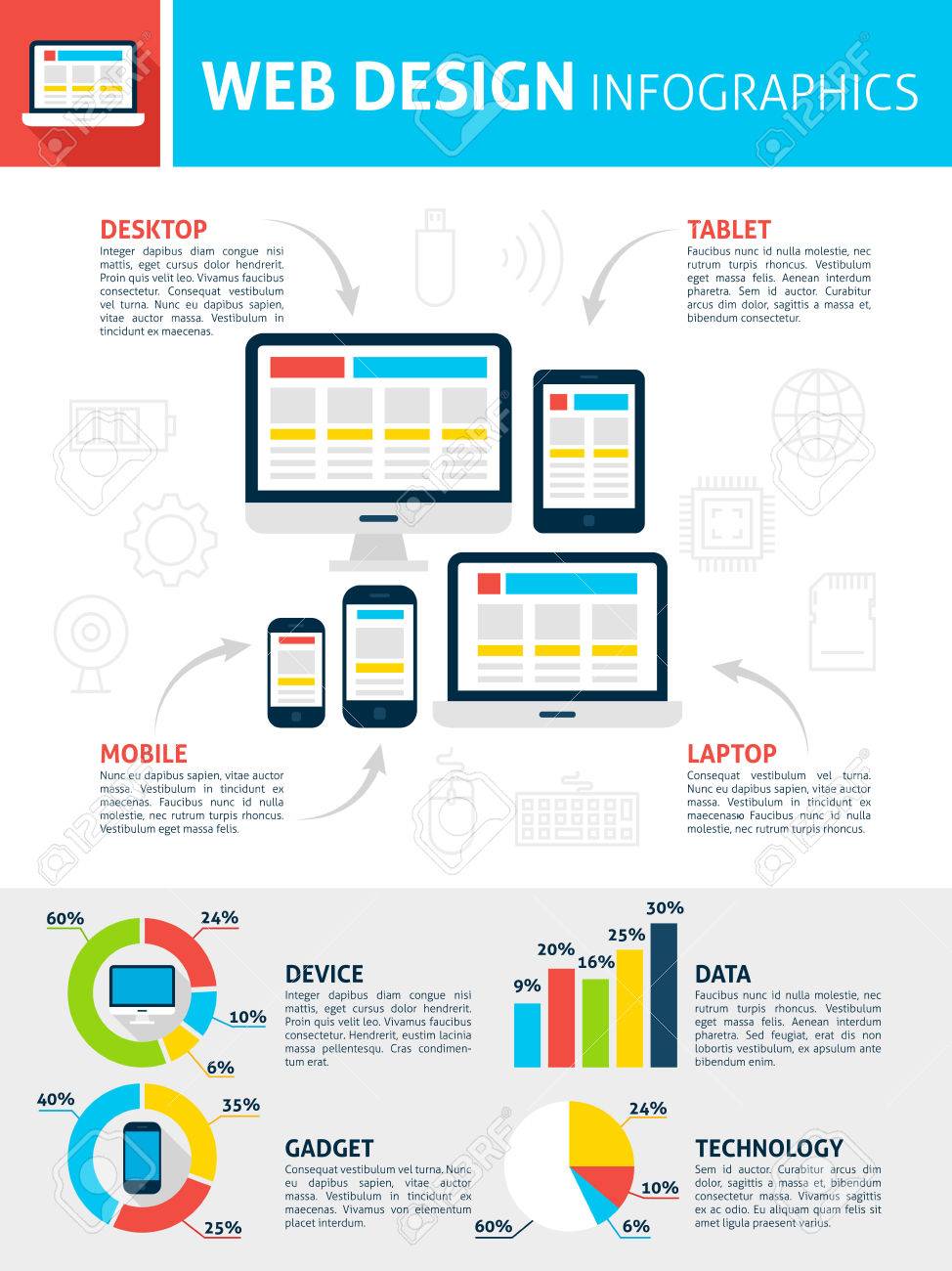Essential Internet Site Layout Tips: How To Build A Website That Focuses On Individual Experience
Essential Internet Site Layout Tips: How To Build A Website That Focuses On Individual Experience
Blog Article
Content Produce By-Crews Gammelgaard
When it involves site design, guaranteeing user-friendliness is key. From responsive design to streamlined navigating, every element plays a critical role in developing a website that satisfies your target market's requirements. However what about the better information that can make or break a user's browsing experience? Remain tuned as we discover some often-overlooked suggestions that can raise your site's functionality to the following level, making it really stick out in the electronic landscape.
Importance of Responsive Style
Receptive layout is an essential element of modern-day website growth. Guaranteeing your internet site is receptive methods that it can adapt to different display dimensions and tools, offering a seamless experience for users.
With the boosting use of mobile phones and tablets to access the web, having a receptive layout is necessary for reaching a larger audience. It helps in enhancing user experience by making your website simple to navigate and continue reading any device.
In addition, receptive design can favorably impact your search engine positions, as search engines like Google prioritize mobile-friendly websites. By having a responsive design, you're likewise future-proofing your web site, as brand-new tools with differing screen dimensions remain to arise.
Simplify Navigation Structure
To boost individual experience and help with easy accessibility to details on your web site, enhancing the navigating structure is extremely important. When making your site, focus on creating a clear and intuitive navigation menu that aids site visitors discover what they're searching for rapidly.
Restriction the variety of food selection items to the basics, grouping related pages together to prevent overwhelming individuals. Usage descriptive labels that clearly show the material of each web page, making it much easier for customers to recognize where each link will certainly take them.
Think about carrying out dropdown menus for subcategories to stop jumbling the primary navigation bar. Additionally, consist of a search bar plainly on the page for individuals who choose looking for specific details.
Focus on mobile responsiveness in your navigating style to make sure easy accessibility on all devices.
Optimize Page Lots Rate
Improving page tons speed is crucial for retaining site visitors on your web site. Slow-loading web pages discourage individuals and can bring about high bounce prices. To maximize page tons rate, start by enhancing pictures. Compress pictures without compromising quality to minimize their documents sizes.
Furthermore, enable browser caching to store regularly accessed resources in your area, accelerating tons times for returning site visitors. Minify CSS, JavaScript, and HTML files by eliminating unnecessary characters, remarks, and formatting, boosting load speed.
Consider utilizing visit my web site (CDN) to disperse your website's material across several web servers worldwide, decreasing latency for users accessing your website from different areas. just click the following document but not least, limit using third-party manuscripts and plugins, as they can substantially influence lots times.
Verdict
To conclude, by integrating receptive style, streamlining navigation, and maximizing page load rate, you can produce an user-friendly internet site that interest a larger audience and boosts user experience. These essential elements make sure that site visitors can easily gain access to and browse your website throughout various devices, resulting in boosted interaction and contentment. By focusing on these vital aspects, you can build a successful web site that maintains customers coming back for more.
